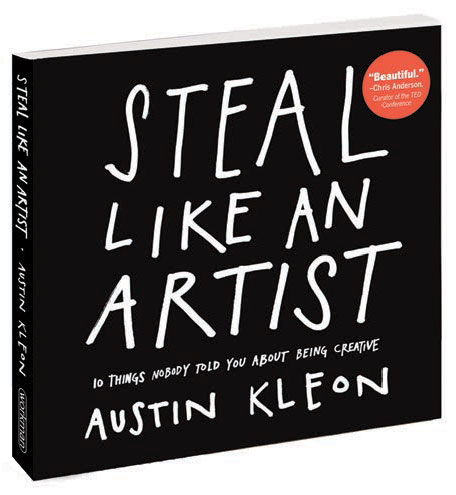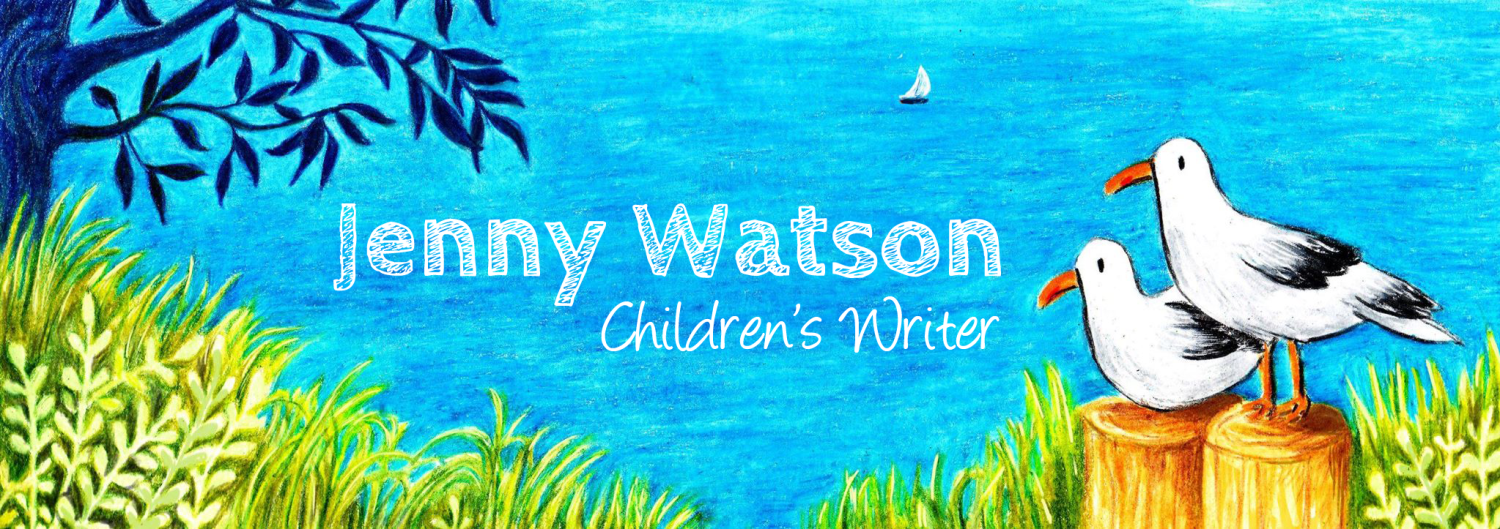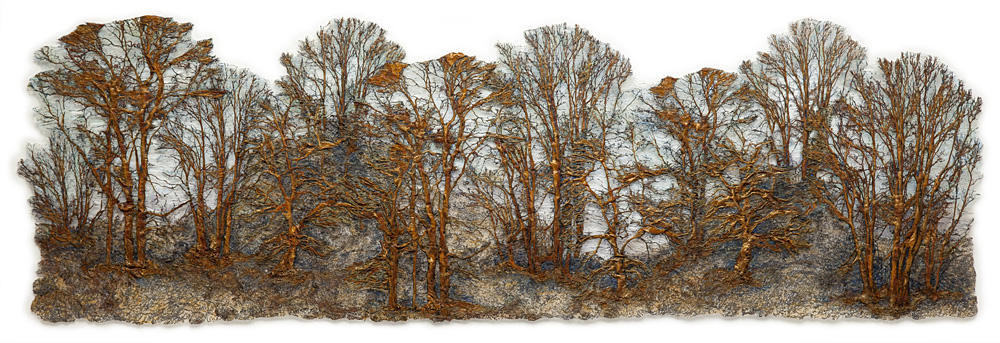
I’ve just finished reading Steal Like An Artist by Austin Kleon and highly recommend it as a thought-provoking read.
Kleon talks about the idea that nothing is original, that all creative work is simply the sum of ideas we’ve pulled from all over the place and combined into a new form (we’re not talking about plagiarism, which is copying a piece of writing without giving any sort of attribution). Even though I take ideas from lots of different sources, this book made me much more aware of how other writers recycle and reuse ideas. It seems so obvious in historical fiction and fiction based on mythology. But now that I’m looking for it, I’m seeing it everywhere.
For example, in The Blinding Knife, Brent Weeks twists the concept of a golem, an animated being created from inanimate matter, into an animal directed by the will of a person.
Another of Kleon’s principles is that “creativity is subtraction”. By this he means we should place constraints on ourselves, because “limitations mean freedom.” One example he uses to support this principle comes from the work of Dr Seuss:
Dr. Seuss wrote The Cat in the Hat with only 236 words, so his editor bet him he couldn’t write a book with only 50 different words. Dr. Seuss came back and won the bet with Green Eggs and Ham, one of the bestselling children’s books of all time.
I frequently use constraints (yes, I’m an outliner not a pantser!). Sometimes that’s in the form of word count. If I set myself a word count for a chapter, it forces me to get to the point more quickly, or the chapter will be over before anything has happened. I think this is useful for children’s fiction, where chapters often need to be short, snappy, and packed with action.
But I know lots of writers who prefer to write with complete freedom, without any constraints. As with all things writing, there are endless ways of doing the work.
How about you? Do you put constraints on your writing, or do you just write and worry about structure later?


